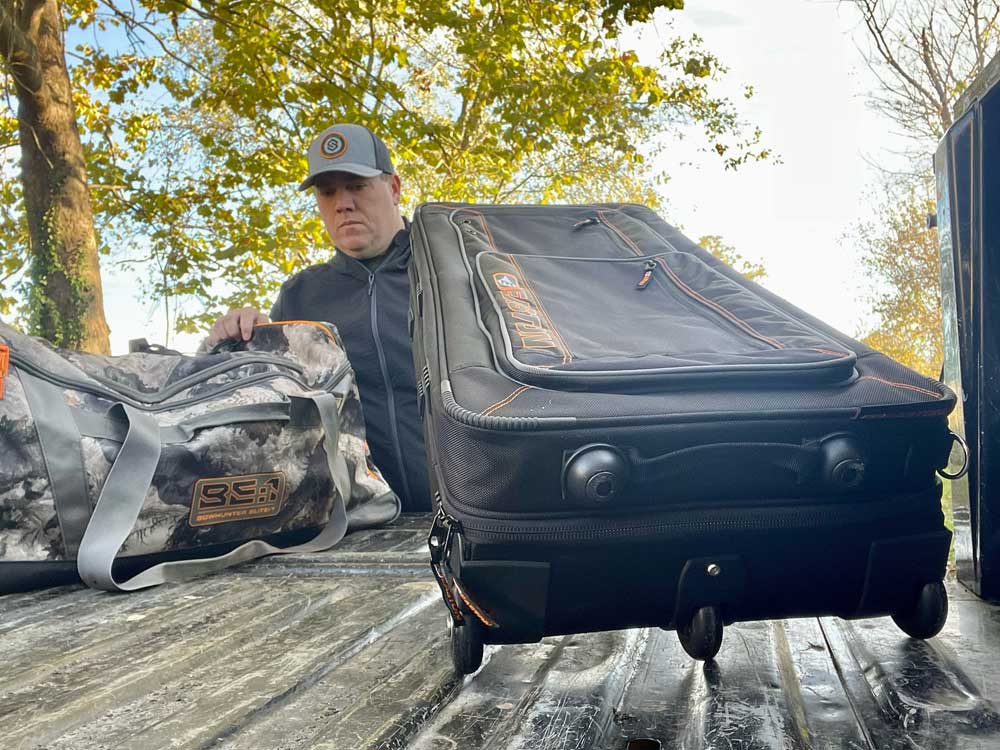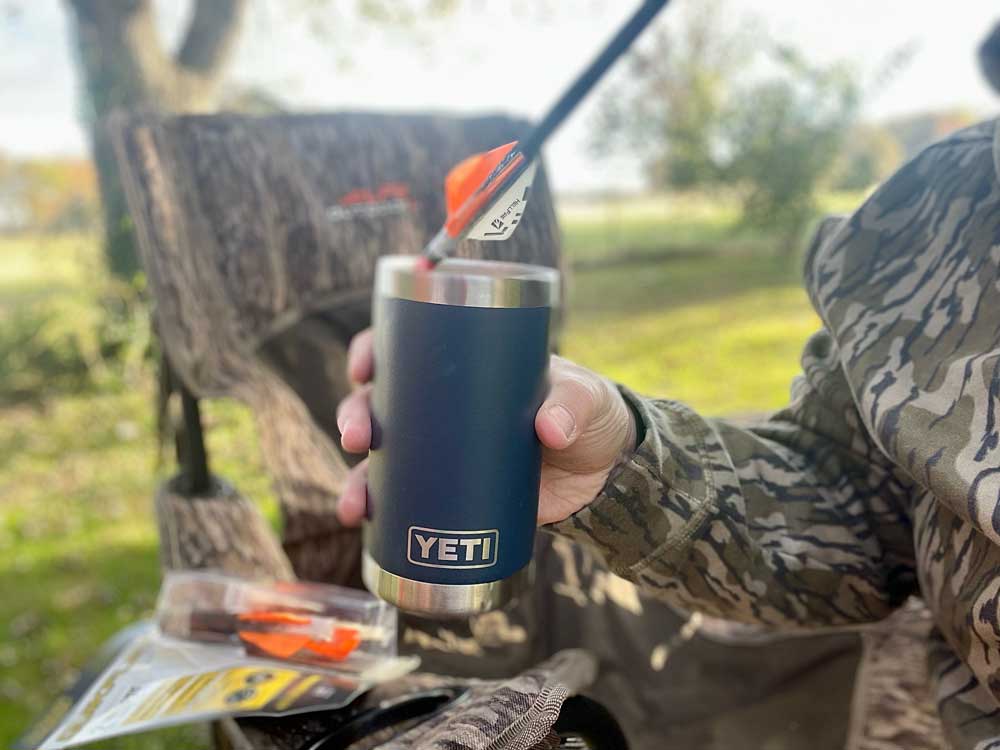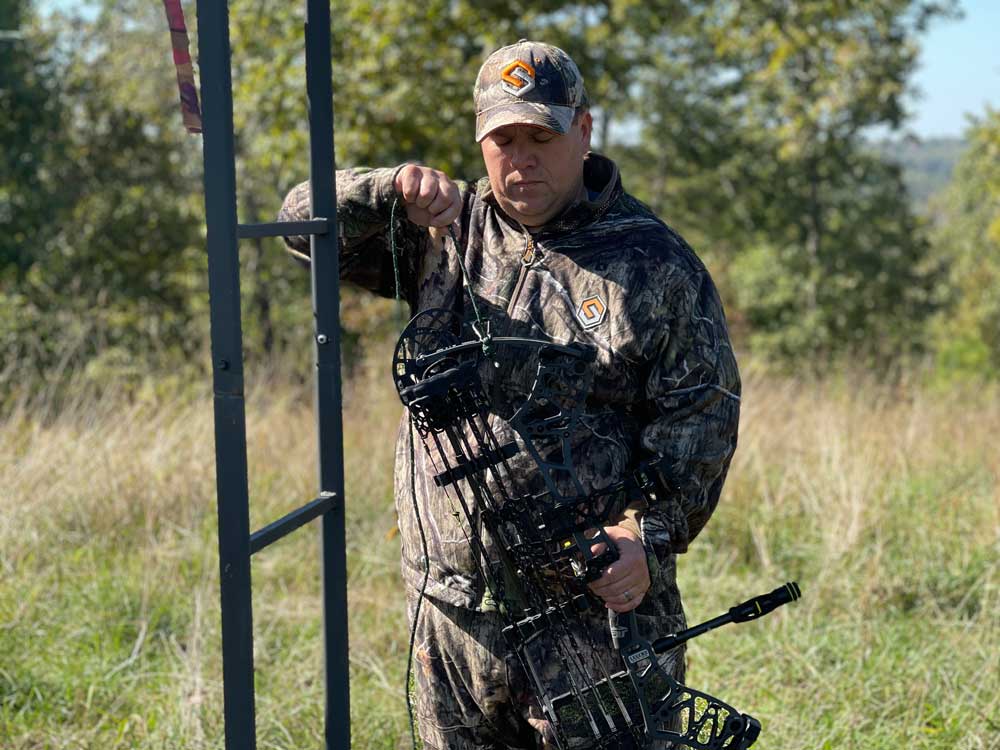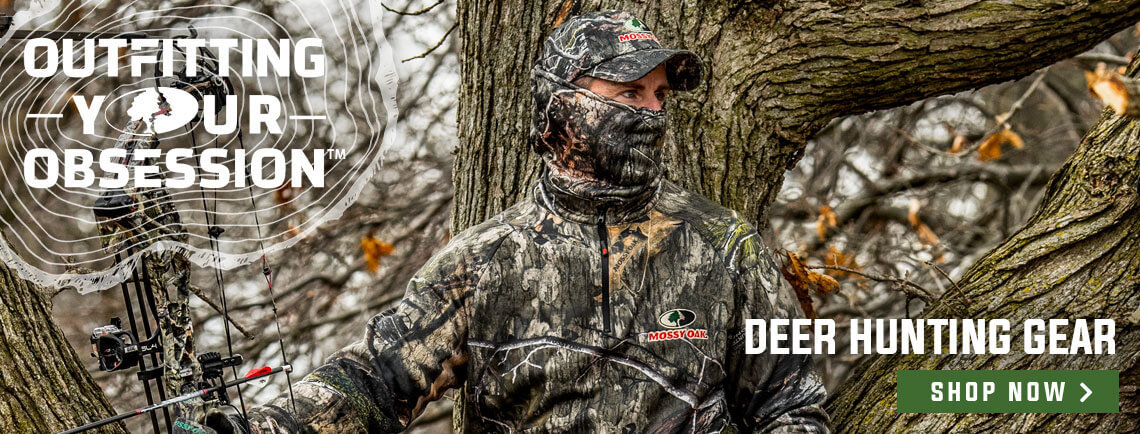Heath Wood
Every bowhunter who has hunted for an extended period has probably experienced at one time or another those self-inflicted bloopers that can cause a hunt to go wrong in a blink of an eye.
Common mistakes may include forgetting a shooting release, only to realize it when you get up in the tree stand and it is too late. Another common blunder that I am sure every hunter has done at least once is only bringing one glove or forgetting a face mask. Leaving behind vital pieces of hunting gear is probably the number one mistake that bow hunters make. However, many things can happen and most likely will happen if you hunt often.
Below are a few examples of mishaps that can happen while bowhunting, what to do to prevent them, and more importantly, what to do if they occur.

Damaged Gear While Traveling
The hunters who like to travel a distance to bow hunt know the risk of damaging gear is a high probability. I have heard many horror stories from those who fly to their hunting destination, only to be greeted back on the ground by missing hunting gear or equipment damaged from the flight. The same scenario can play out for those who travel in vehicles when going on a hunt. On many occasions, bags get thrown, or gear gets smashed between other bags. Either way, the result is the same, damaged equipment.
How gear is packed is essential when traveling to hunt, especially when packing a bow, arrows, and other archery gear. It is vital to get a bag or case that keeps the bow and other gear organized while providing a cushion of protection from being thrown or smashed. I recently have been traveling with the Deluxe Compound/Recurve Roller Bowcase from Easton Archery. The Deluxe Roller Case is comprised of a hybrid soft/hard shell that offers 360 degrees of content protection. Inside, the case features a double seatbelt system to anchor a bow securely. Plus, it has internal zippered pockets for accessories and can store a hard-shell arrow case inside. The last feature is the Airline Travel Cover that can be purchased separately to cover the outside of the case when traveling for the extra assurance of the gear remaining safe.
Proper protection when traveling can save time and a headache when dealing with damaged equipment and allows for more time to hunt.

Repairs In The Field
Unfortunately, accidents happen, and gear and equipment get damaged. Damaged equipment doesn't always happen when traveling. To save the hunt from ending on short notice, it is vital to know how to fix the mishaps when they happen or ensure that you have the right tools to fix common mistakes.
When I first began bowhunting as a young teenager, I remember my dad always having an old tackle box he took with us on every bow hunt. In the tackle box, he carried extra parts and pieces to our bows and the many accessories that go along with them. Plus, extra broadheads, field points, and so on. I always wondered why he took that along until I had the first mishap in the field and needed a quick repair before continuing to hunt. If it weren't for the tackle box full of tools and parts, I would have ended the hunt and gone home to fix my bow instead.
In today's world of archery hunting, compound bows and many of the accessories that go along with a proper setup have been designed to have minimum maintenance and tools to function correctly, compared to that of archery equipment when I first began bowhunting. However, still to this day, I carry a small box inside my vehicle when hunting. The box contains an Allen wrench set, screwdriver, and pliers to fix any minor maintenance needed while in the field. I also carry an extra shooting release, an extra set of sights, extra arrow accessories such as nocks, and a package of New Archery Products Quickfletch vanes to repair any damaged arrows without the need for glues that consume time and take effort to use. With the Quickfletch vanes, I have my arrows completely re-fletched in less than five minutes with a cup of hot water.

Accidents In The Field
Safety is always the number one concern when hunting. There are a few things to remember to prevent accidents while hunting that could damage equipment or cause bodily harm.
When climbing into or out of a tree stand is when many accidents for bowhunters can occur. I have heard of stories of hunters dropping their bow from 20 feet in a tree stand, which most likely is going to cause damage to the bow or the accessories on it. Other items commonly damaged from dropping from a tree stand are binoculars, range finders, quivers, and less expensive items such as a grunt call or gloves and facemask. Many items that can fall from a stand are expensive to buy or replace, plus can cause permanent damage if dropped.
To prevent any damage from gear when climbing into or out of a tree stand, it is strongly encouraged to use a bow/accessory rope such as the Muddy Outdoors Lift Cord. The Muddy Lift Cord is a 30-foot nylon cord ideal for hauling a bow or a backpack full of accessories from the ground to the top of the stand. By using a pull-up rope like the Muddy Lift Cord, the hunter can stay safer themselves, plus gear and the bow stay protected when bringing up or lowering down.
Another vital factor while bow hunting is to avoid any bodily harm to yourself. There should be no question if a safety harness when hunting from a tree stand is necessary - the answer is always yes! Hunters should always wear a safety harness and use a lineman's rope when climbing up or coming down from a tree stand. Most falls that happen when using a tree stand occur when climbing up or down from the stand. A lineman's rope keeps the hunter permanently attached in case of an accidental fall. When you safely reach the top of the stand, immediately switch the harness strap from the lineman's rope to the safety strap attached to the tree directly behind you.
The sport of deer hunting was designed for hunters to have fun and enjoy their time in the outdoors. Always practice safety when hunting and always be prepared for the common mistakes we make as humans. When mishaps do happen, be prepared to take care of them in the field and get back to hunting as soon as possible.




























